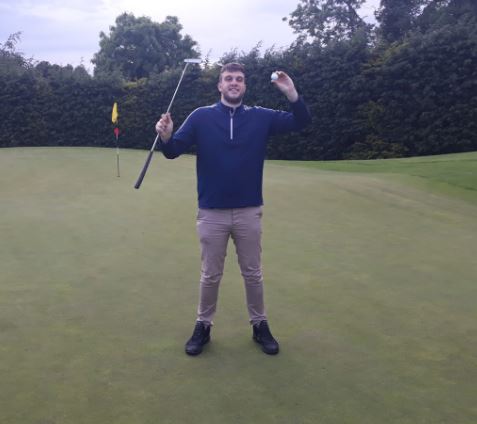What Is Spine Alignment In A Golf Shaft – Pros And Cons, Is It Even Necessary?
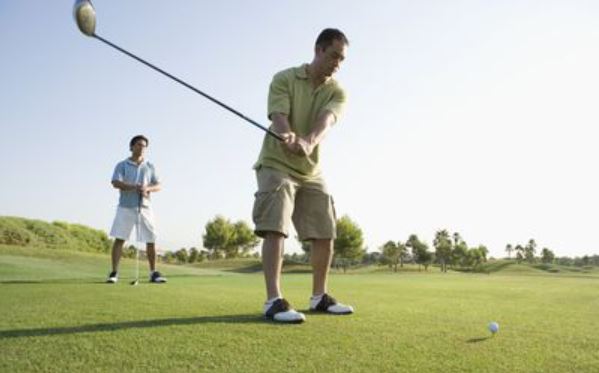
This is a subject for the real golf equipment geeks out there, or for those who aspire to be in this camp.
Spine alignment in a golf shaft is one of those things that was only ever available to the world’s best golfers until recently but what does it mean and what does it achieve?
This article will dig into this topic and explain it in more detail before discussing what it can actually bring to you as a golfer. Is it actually worth going through the process of having the spine of your shaft aligned?
A Special Sticker
I used to get second hand equipment from a guy at my club. He once presented me with a driver fitted with an Oban Devotion shaft, a shaft I still use over a decade on. Just below the grip of this club there was a sticker that said “Pure”, he took great delight in explaining this to me.
Apparently the club had undergone a process that had meant the spine had been aligned by a company called SST who specialise in carrying out this process. I was a mid-twenties ambitious golfer so this sticker made me feel like a tour player, but did it help my game?
What Is The Theory Behind Spine Alignment In A Golf Shaft?
During the golf swing the shaft is under severe strain.
Throughout the swing, particularly the downswing, the shaft twists and bends but how do you know that it does this efficiently or consistently? The shaft oscillates and if it doesn’t do this consistently it can lead to misses.
It is thought that by spine aligning your shafts you will create more consistency in your game and reduce your shot dispersion. This process can also help improve the feel of your clubs during the swing. These all seem like outcomes most golfers would want to have in their bag.
Golf Shaft Spine Orientation
There are two main positions that you can align the spine in, the swing plane and the droop plane.
This is explained in detail in this article but it is felt that most benefits come to the golfer when the spine is aligned in the droop plane orientation.
The swing plane means that the spine is perpendicular to the clubface and the droop plane is parallel with the clubface.
This is a piece of advanced club builder knowledge that can make a difference to the feel and performance of your clubs.
Is Spine Alignment Necessary?
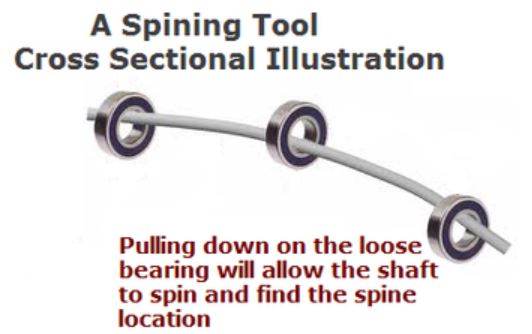
This is an interesting question as many club and shaft manufacturers claim that it is an unnecessary process to go through.
However, almost all of the world’s top tour players have their clubs undergo this process during their builds so it would suggest that it is important.
Whilst new golfers and higher-handicapped golfers wouldn’t benefit greatly from spining I believe that from single-figures and down, you would notice. It is thought that this process will improve the feel and performance of your clubs including a significantly reduced shot dispersion.
Pros Of Spine Alignment
Getting alignment right has been shown to increase distance and consistency, who wouldn’t want that?
In fact, optimal alignment can add up to 2mph ball speed according to a study by Tom Wishon. There are also reports of improved feel during the swing after alignment.
I think most golfers would agree that these are performance benefits worth going after. Given the stats here, it is interesting that many club manufacturers suggest that this process is not required. One has to wonder why they take that stance.
Cons Of Spine Alignment
Of course, there is no such thing as a free lunch. All of these benefits are great but it costs money to get your clubs aligned like this.
It is around £30 per club to have your club aligned which is reasonable but that adds up over the whole bag!
The point here is that instead of investing in a new club or set of clubs, maybe this is something you could consider to improve the performance of what you already have.
This could be a more efficient use of your money and could actually save you some cash whilst helping your game.
How Do You Install Spine Alignment In Golf Shafts?
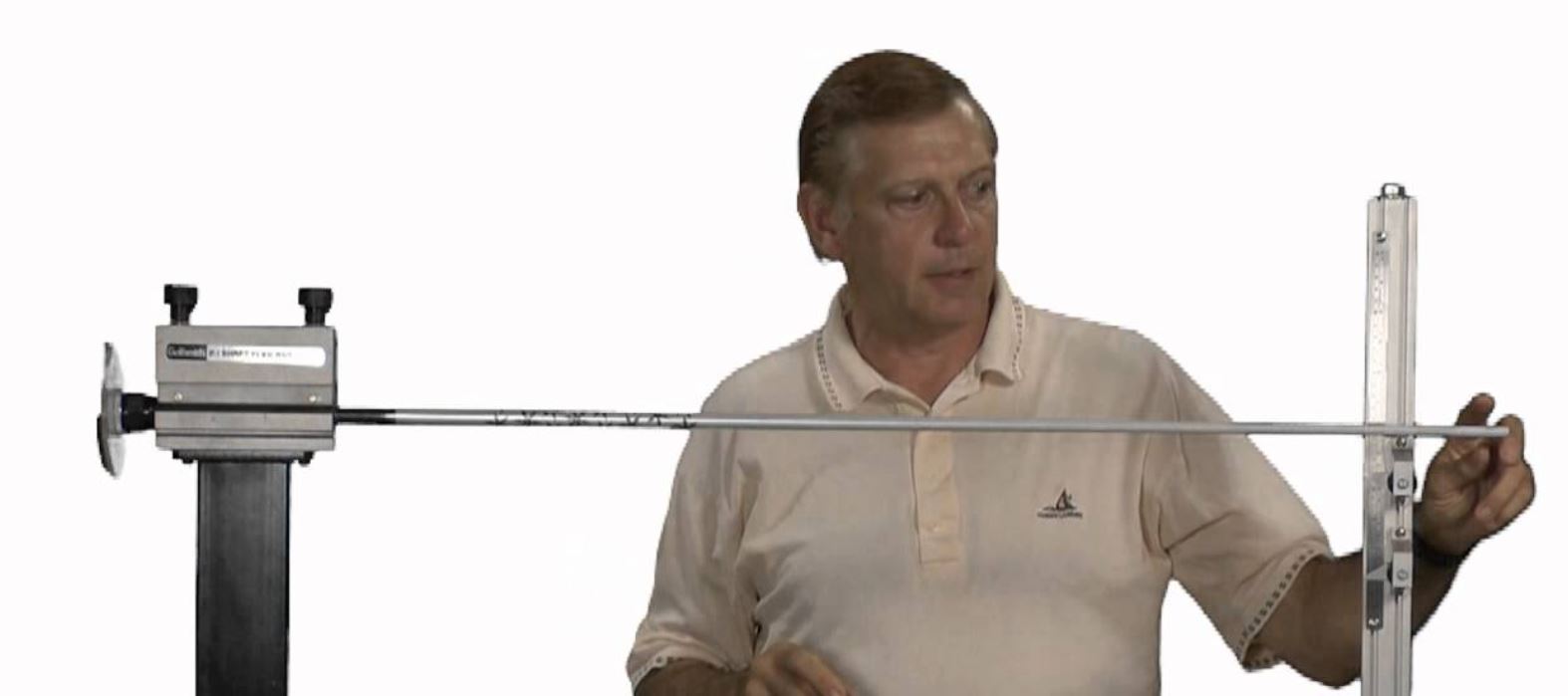
First things first, you need to find the identify the spine position to work out where it is on the shaft. There are many ways you can do this but this video here shows how to do it with a special machine. At this point you need to mark the spine location then remove the shaft.
Clearly this is much easier with adjustable woods, pulling shafts is a more laborious task in irons, you can then re-install the shaft with the spine in the droop plane (this is to do with how the club bends under stress in the swing). Align this plane with the spine, reinstall the shaft and voila.
Is There A Tool You Can Use?
All you really need is a way of securing the club so that you can get the head oscillating freely as per this video.
A vice holds the grip-end of the club so that you can test the club. Although it important to point out here that this should be done without a grip on the club.
From there you need to find the balance point that gives the club perfect oscillation, then you need to mark the shaft. Obviously, mark the shaft with something non-permanent so that once you’ve completed the procedure you can clean it off.
Do Graphite Shafts Have Spines?
Yes, they do. Graphite shafts have come a very long way in a short period of time thanks to new manufacturing methods and materials.
Graphite shafts actually have two spines, creative called “S1 and S2” by the industry. These are the two stiffest oscillation points.
Do All Shafts Have Spines?
Just like graphite shafts, steel shafts also have spines.
Being heavier, it is sometimes trickier to find the spine of a steel shaft but they are there and you can use the same method as described above to find it.
Spine Alignment In A Driver
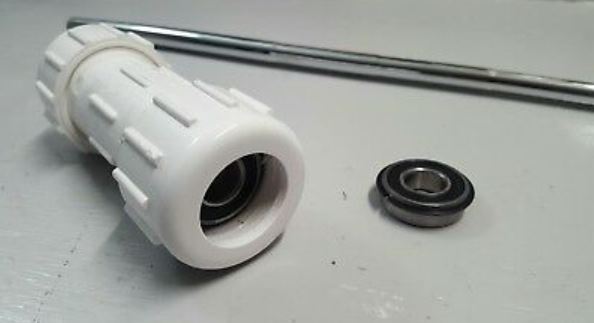
This is an interesting one, especially with the modern adjustable drivers we now see everyone use.
Being able to change your club settings means that you will move the spine around which can affect the performance of the club. You should have your club spined then don’t adjust it.
Spine Alignment In Irons
Due to the fact that irons aren’t adjustable, getting your irons spined is a good idea.
It will help you get the most from the clubs, especially on the consistency-front. If you have graphite shafted irons then getting the spines aligned is even more important.
Spining Vs Splining A Golf Shaft
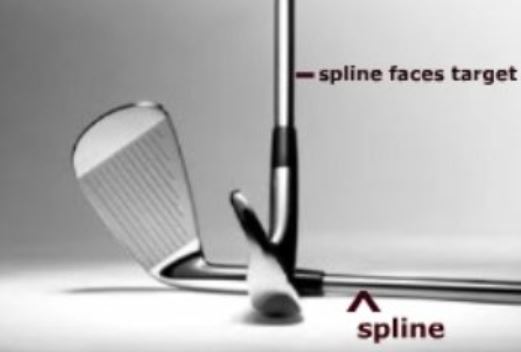
Spining and Splining are two different techniques that are designed to come to the same result.
They are both different ways of ensuring that the spine of the shaft is in the most optimal position relative to the club face to ensure consistency during the golf swing.
Spining Vs FLOing A Golf Shaft
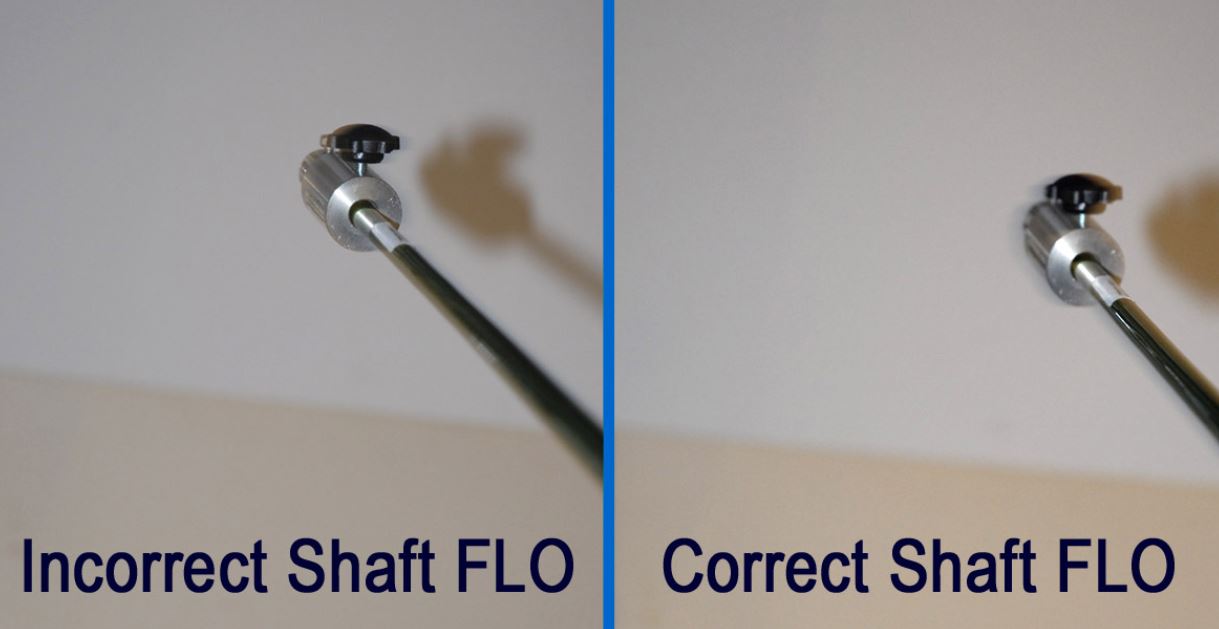
F.L.O. stands for flat line oscillation and refers to another technique that can be used to find the optimal orientation of a shaft in a club.
To FLO a club you get it oscillation perfectly in a straight line rather than circling through the motion.
It is important to carry out this technique with the club position in mind. The point at which the club is FLOing nicely should be lined up with the clubface ie line facing the target. This way you will ensure the highest consistency in the behaviour of the shaft during the swing.
Spining Vs PUREing A Golf Shaft
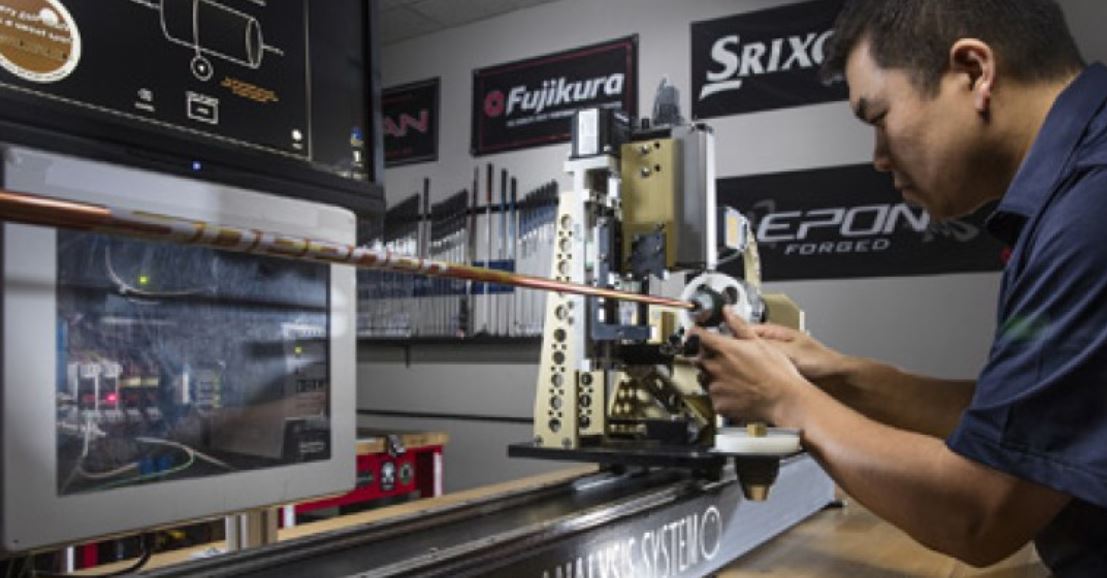
PUREing is probably the most famous method of optimising shaft positioning and it was invented by a company called SST (Strategic Shaft Technologies).
PURE stands for Plane of Uniform REpeatability. This is a proprietary process that they claim is accurate to one degree.
Interestingly, SST claim that this is the only way to truly workout the exact position of the spine.
They say that the other methods outlined above will only be able to accurately find the quadrant that the spine is in. There is a great description of all of these methods in this article.
Conclusion
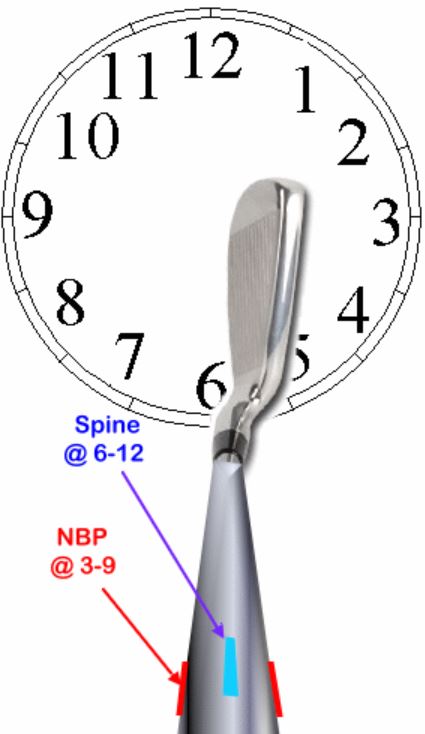
Golf is a hard sport to play and many things are uncontrollable during a round. A gust of wind, a bad bounce or other bad breaks are out-with your control.
That is why it is imperative that to play your best you have to take control of the things you can actually control. Shaft orientation is one.
Once you are a single-figure handicapped golfer, you will notice a benefit from spining your shafts appropriately and this is something you should consider. This process will cost you money but if you take your golf seriously then you should consider having this done as soon as possible.

